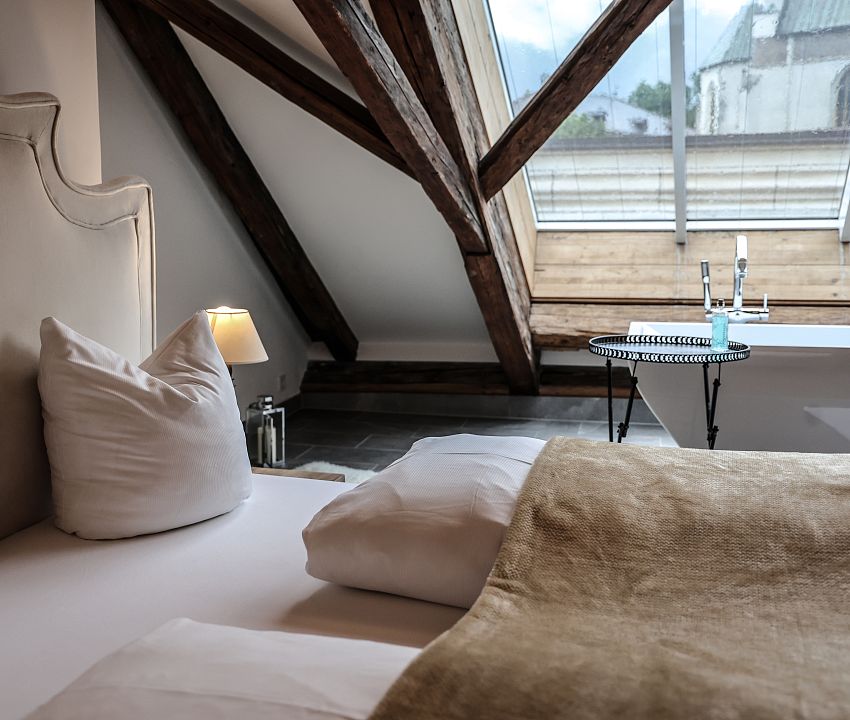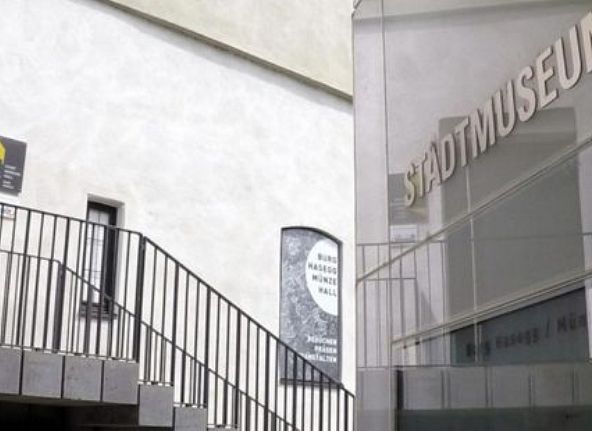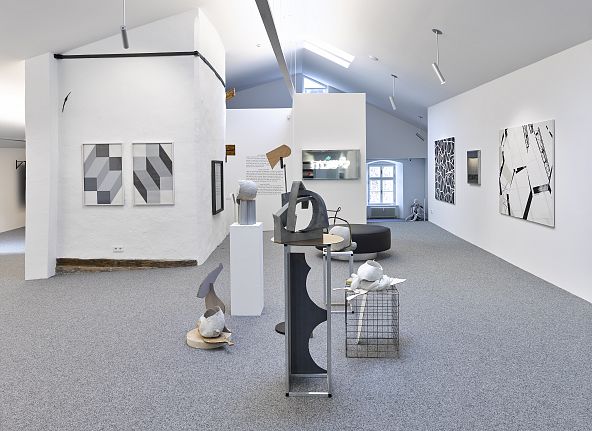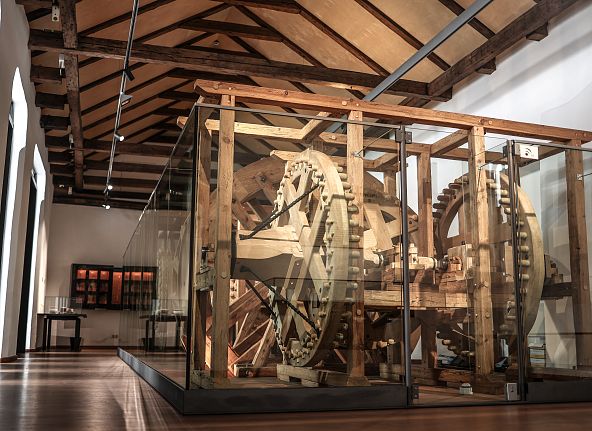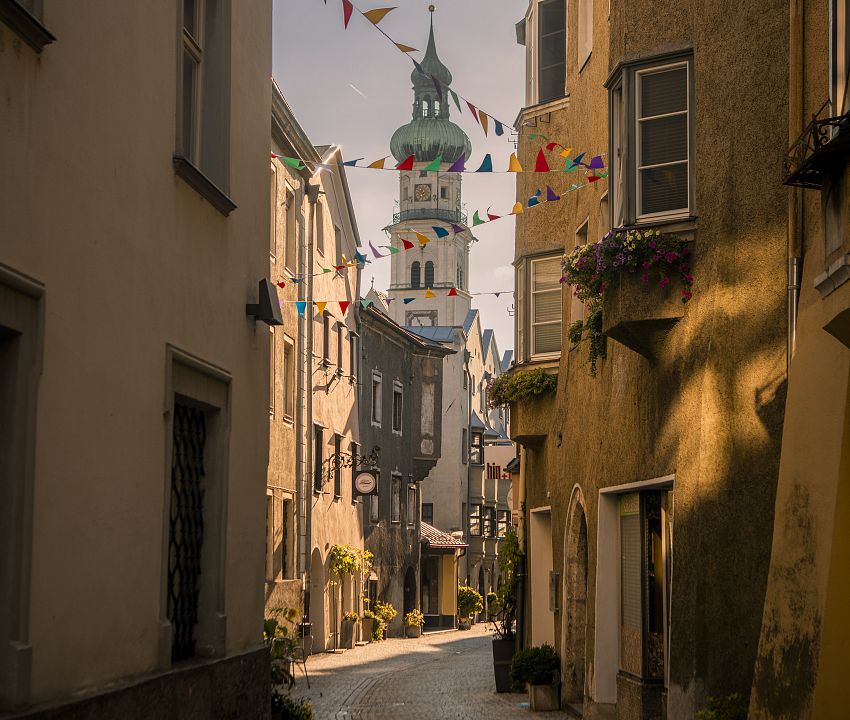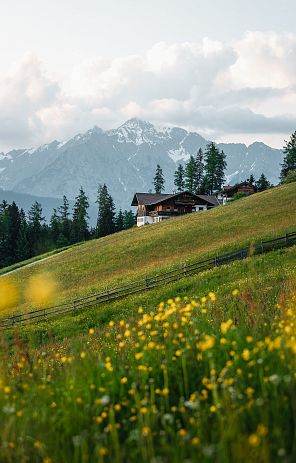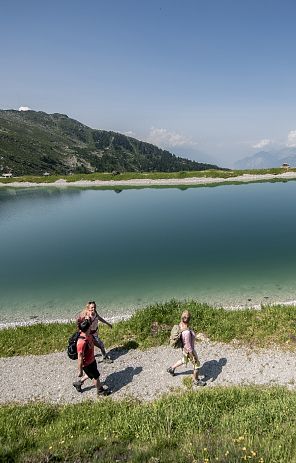Hall. In Tyrol
You will come across one of the most beautiful towns in Tyrol if you go on a "voyage of discovery" to the medieval town of Hall in Tyrol. One of the best-preserved old towns and also the largest in western Austria - forms a successful symbiosis with modern architectural concepts such as the salt warehouse, the UMIT university and the Parkhotel.
The tasteful buildings in Hall's old town bear witness to its past as a prosperous town: Hall became the most important economic location in North Tyrol in the Middle Ages thanks to salt production. At that time, the town was an important trading center for goods on the Inn, and the provincial mint, which was located in Hall from the middle of the 15th century, contributed significantly to the further economic upswing.
Today, Hall is a vibrant small town full of joie de vivre, where you can experience a wide variety of shopping opportunities and stylish hospitality between walls steeped in history. The lovingly restored old town of Hall and the grounds of Hasegg Castle with its mint tower and adjoining mint museum attract visitors from all over the world every year. The stylish Hall Advent market, the radish festival and the organic mountain farmers' festival bring town and country together for a stimulating exchange. Cultural highlights such as the Tyrol Easter Festival, Sprachsalz or the Musik plus event series are known far beyond the town's borders and Hall has also been a university town since 2004. The new Tyrolean state university UMIT is dedicated to future-oriented subjects such as medical informatics and nursing sciences.
With our guest card, the Hall-Wattens Card, we invite you to enjoy your vacation to the fullest! Explore the Hall-Wattens region and discover the wealth of culture and nature on offer in your vacation region. Benefit from free bus transfers within the tourist region as well as many reduced admission prices to museums and attractions in the area.
